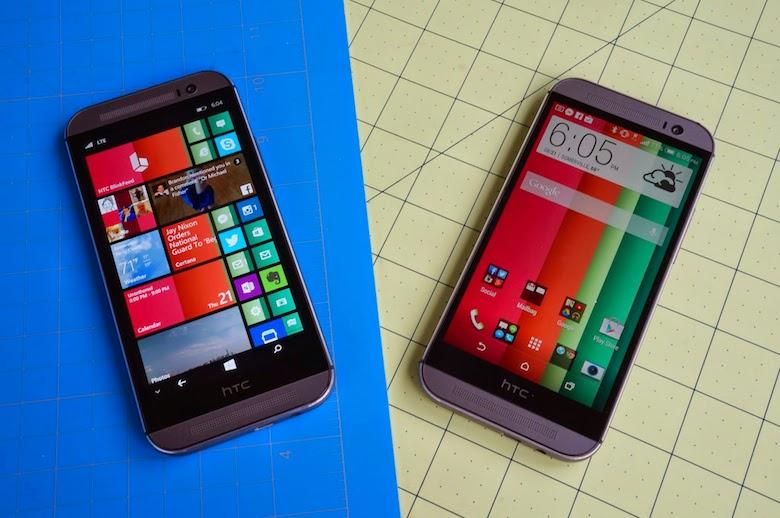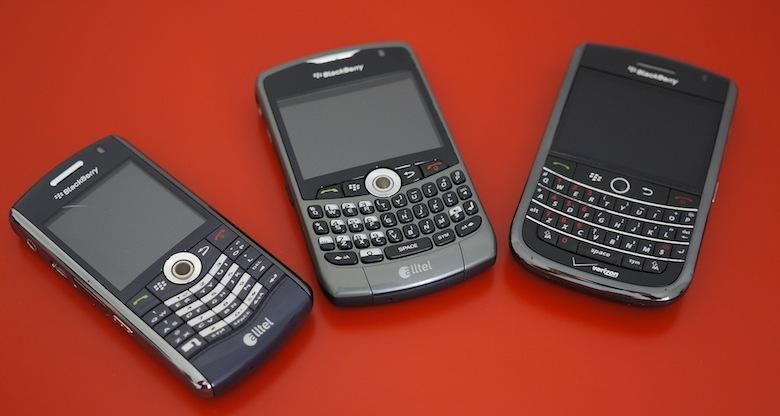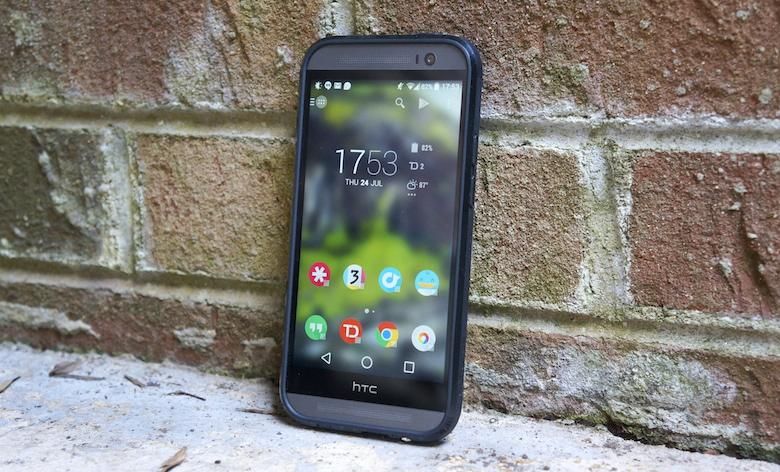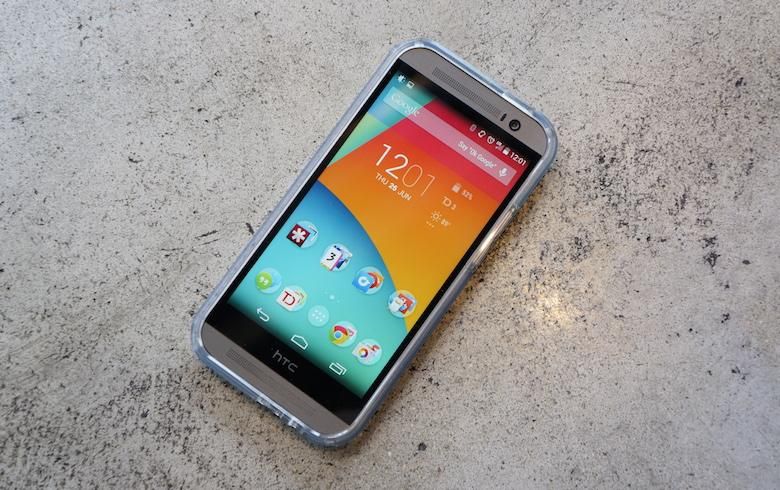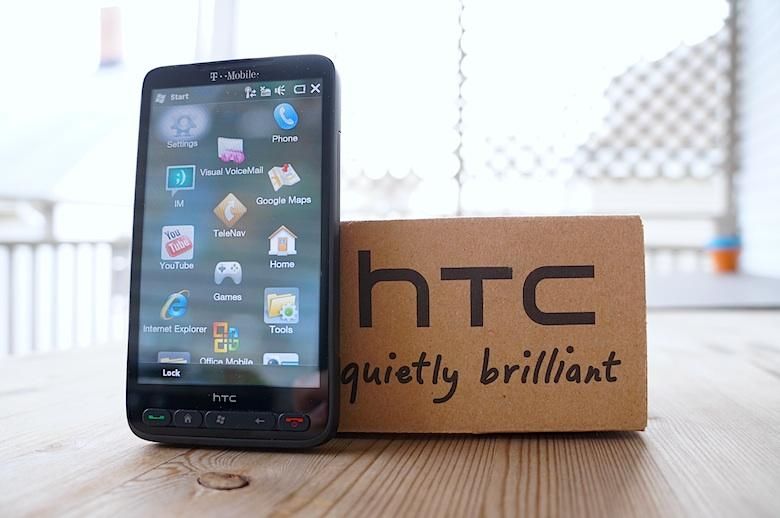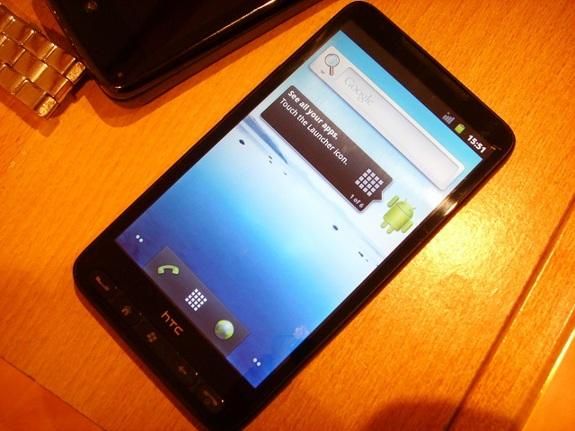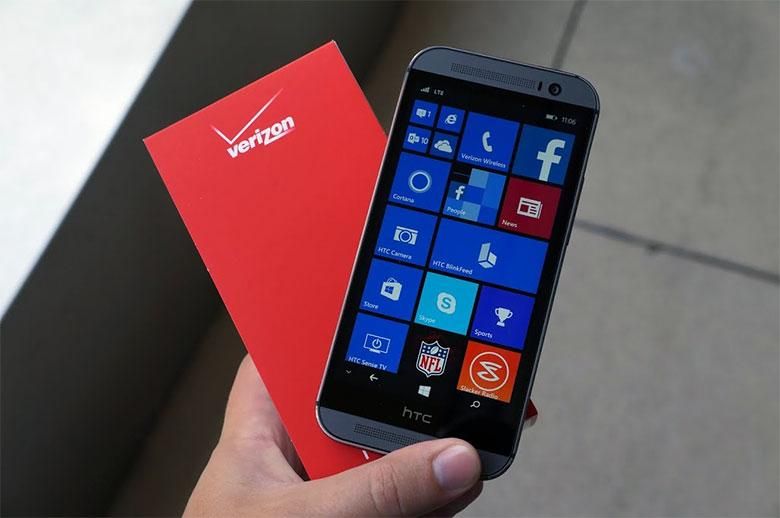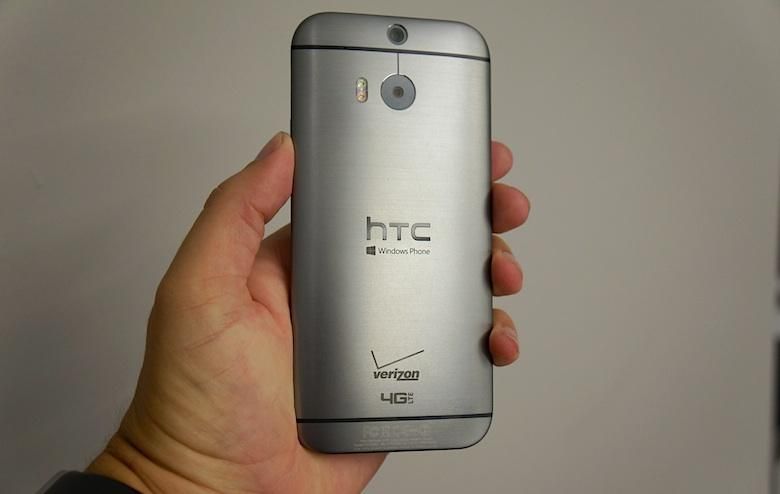I remember how free I felt the first time I dabbled in alternative operating systems on my old family PC.
After growing tired of using Windows Vista, I started looking around and asking friends what I should do. One suggested trying Windows XP Black Edition, a hacked version of XP, and another suggested trying various builds of Linux. Ultimately, I gave Ubuntu a try.
I never looked back. From that day, I stopped using Windows. It felt incredible to load whatever software I wanted onto my hardware.
This instilled a certain mentality in me that carried over to smartphones, which were inherently and understandably limited on available software strains. Rather than trying to swap OSes, I got into the habit of downloading and installing leaked and unofficial versions of the BlackBerry OS on my BlackBerry Curve 8330 and Tour 9630. I installed leaked builds and unofficial software on the handful of Windows Mobile handsets I owned, too.
And as soon as I ripped open the packaging on the CDMA HTC Hero on Sprint, my very first Android phone, I began tinkering with the software. I disabled Sense, side loaded applications, and whatever else I could get away with.
Fast forward to today, and I still enjoy tinkering and dabbling with various versions of software, either to enable an unofficial functionality or suppress the never-ending desire to switch things up from time to time. Sometimes I try different ROMs or versions of software simply because I can.
Back in June, I had to convert my shiny, new HTC One M8 on T-Mobile to a Google Play edition handset because, for whatever reason, my car stereo’s Bluetooth functionality would trigger a perpetual boot loop with Sense.
To date, I’ve rooted no less than 80 different Android devices and tried a handful of custom ROMs on each. Over time, it grows old and frustrating. It’s a slippery slope that leads to bugs, glitches, and slight missteps which can take hours to recover from. (Always make frequent backups, kids. Thank me later.) Still, the freedom to tweak your phone and truly own the hardware – meaning, the ability to try whatever software you please – is liberating.
Just this weekend, I spent a few hours recovering from a tiny mistake I made when trying to revert my One M8 back to Sense 6. I flashed a ZIP file which was said to reformat the phone for Sense ROMs (which are partitioned differently from the Google Play edition and AOSP software). Something seemingly simple took a major chunk of my weekend to fix – that’s all part of the fun. I thoroughly enjoy it.
All that said, I don’t tinker as much as I used to. These days, I usually do it out of necessity or for Pocketnow. Juggling so many review devices and spending so little time with my personal devices satiates the need for something new and drastically cuts down on the free time I’m willing to spend messing with phones. Not to mention, creating dozens of comparison videos requires having a phone with stock software around, which can complicate things if you tinker too much.
As of last week, however, that could change.
Word of a Windows Phone-based HTC One M8 made the rounds for weeks, leading up to the One M8 for Windows’ official announcement. The rumors stated it would be virtually identical to the Android-based version, that the only major difference would be the software. The One M8 and One M8 for Windows bear the same display, SoC, RAM, image sensors, battery, and storage options. For all intents and purposes, they’re the same thing, save for some tramp stamps around back.
When it became official, a singular thought settled in the minds of smartphone tinkerers around the world: this is the HD2 part deux.
For those unaware, the HD2 was a ROM-flasher’s dream come true. A Windows Mobile 6.5 device by nature, the HD2 was also capable of running Windows Phone, Firefox OS, Ubuntu, MeeGo, and Android (including Sense 5), thanks to its hardware and a heavily inspired third-party development community.
The similar hardware requirements across Windows Phone and Android handsets have begged the question of dual-booting hardware since Windows Phone was introduced in 2011. As manufacturers who create both Android and Windows Phone hardware began using the exact same components across both platforms, many have questioned why OEMs simply don’t allow users to buy a phone then choose the software.
Technically, some dual-booting Windows Phone and Android devices exists, though they’re unapologetically geared towards enterprise consumers or a little rough around the edges. Or both.
But this Windows Phone version of the existing One M8 has seemingly drummed up the conversation once more. HTC has done exactly what we’ve envisioned all along – an honest to goodness Android smartphone shipping with Windows Phone onboard. (Seriously, why did something like this take so long?)
The question now is, how close are we to a dual-boot option? Better yet, will you be able to convert the One M8 back and forth between Windows Phone and Android at will?
The latter is far more likely than the former. While there is no solution just yet, threads talking about the possibilities are popping up in forums all around, garnering the attention of popular developers who previously worked on the HD2 and One M7. The original thread in the xda-developers forums is now 26 pages long with over 240 comments and nothing solid to go on.
Here’s the short of the situation. It isn’t impossible; it’s been done before and developers have proven time and again that when there’s a will, there’s a way. However, it won’t be easy either. The UEFI, as well as other Windows Phone 8.1 security features, will complicate things a bit. Also, the One M8 for Windows uses a different bootloader than the original One M8, meaning dual-booting will be more complicated than simply powering down and powering back up. Switching between the OSes will likely require some labor. Then you have to consider that this One M8 for Windows is only on Verzion, a CDMA-based carrier which, comparatively, doesn’t get a lot of attention from developers.
So even if this conversion were to happen in the next, say, two months, it would likely only work for a limited set of users with CDMA One M8s. That’s assuming the individual components on the One M8 for Windows are the exact same. As far as we know, the two One M8s could have the same specifications with some very minute differences which could throw a wrench in the whole plan.
We must remember, it’s early yet and the odds are against developers and the whole idea to begin with. And who knows, HTC has been progressively listening to consumers and providing everything they’ve been asking for – a stock Android smartphone, a bootloader unlock tool, developer editions, etc. As our own Adam Lein suggests, HTC could provide a tool to switch between the two OSes freely – at your own risk, of course.
So, before we all get ahead of ourselves, we must sit back and wait to see if this One M8 becomes the new HD2. It already looks like it’s headed that way.
Either way, I’m glad I have one to tinker with if some mastermind developer comes forward and overcomes all the hurdles or HTC provides an all-access Windows Phone/Android reflashing tool.

